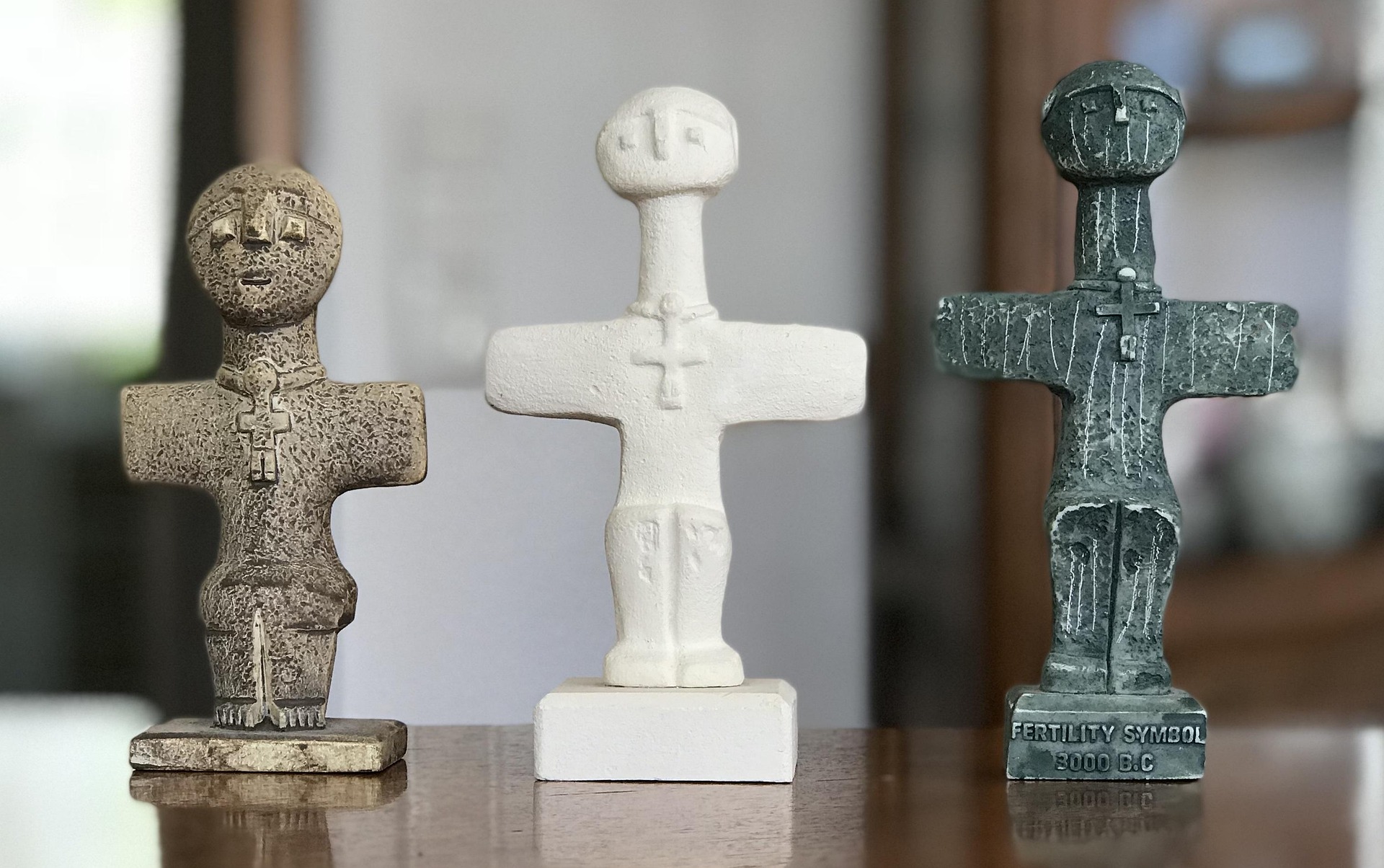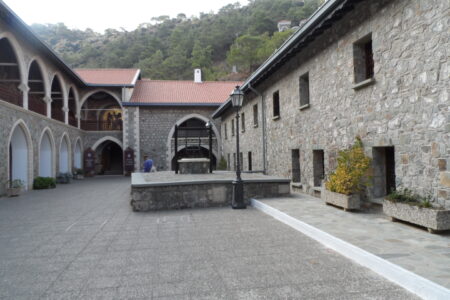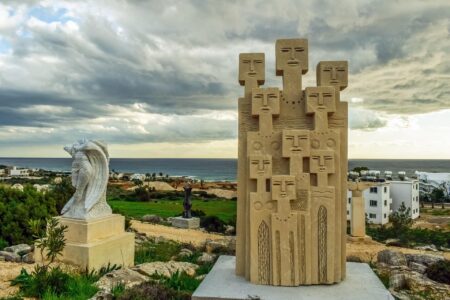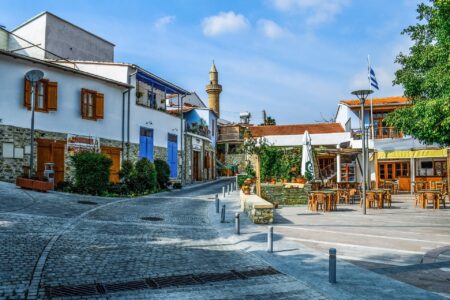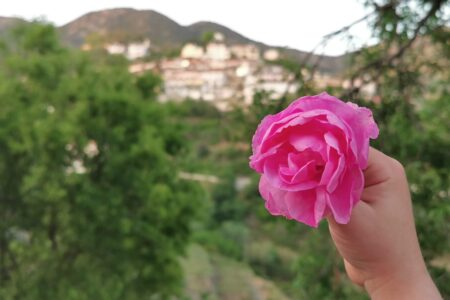In the northwest of Cyprus, near the modern village of Pomos, archaeologists unearthed a unique figurine roughly 5,000 years old. This stylized, cross-shaped idol embodying the female principle has become one of the key artifacts of the island’s Chalcolithic era. Today, the original sits in the Cyprus Museum in Nicosia, while its image adorns Cyprus’s euro coins, linking ancient belief with the modern identity of the nation.
Contents
Archaeological Discovery and Dating
During excavations at the Pomos settlement on a hill in Paphos District in the mid-20th century, researchers found a small green-tinged steatite figurine. Stylistic and technological analysis places it in the Late Chalcolithic period, around 3000 BC. Its pronounced female symbolism points to fertility cults and the central role of motherhood in early agrarian communities.
Material and Artistic Form
Crafted from local picrolite, giving it a matte green hue, the idol features broad shoulders, bent legs, and outstretched arms that form a cross-shaped silhouette. A miniature replica of the figure hanging at its neck suggests deep symbolism—perhaps of life’s self-renewal or protective amulet power.
Symbolism and Function
Scholars believe the Idol of Pomos served as a household charm or cult object, kept in domestic shrines to ensure bountiful harvests and fertility. Some interpret its pose as capturing a ritual dance or ceremony performed by women during harvest festivals or sacred gatherings.
Significance in Cypriot Culture
The Chalcolithic era in Cyprus (c. 3800–2500 BC) was marked by advancements in metallurgy, trade, and social organization. Figurines like the Pomos Idol reflect a community’s need for maternal divine protection and collective unity through shared rites.
Legacy and Modern Use
When Cyprus adopted the euro in January 2008, authorities chose the Idol of Pomos as the motif for the €1 and €2 coins. Thus, this ancient fertility symbol entered everyday life—millions of times each day it passes through the hands of residents and visitors, a constant reminder of Cyprus’s deep historical roots.
Where to See It Today
The original figurine is on display in the Cyprus Museum in Nicosia, in the Chalcolithic gallery. Regional museums in Paphos and cultural centers across the island exhibit replicas, and souvenir shops sell miniature amulets modeled after the Idol of Pomos.
When traveling in Cyprus, don’t miss the chance to connect with the mysteries of Pomos’s ancient settlers—this small stone idol tells a story of primal belief and captivates with its timeless allure.

